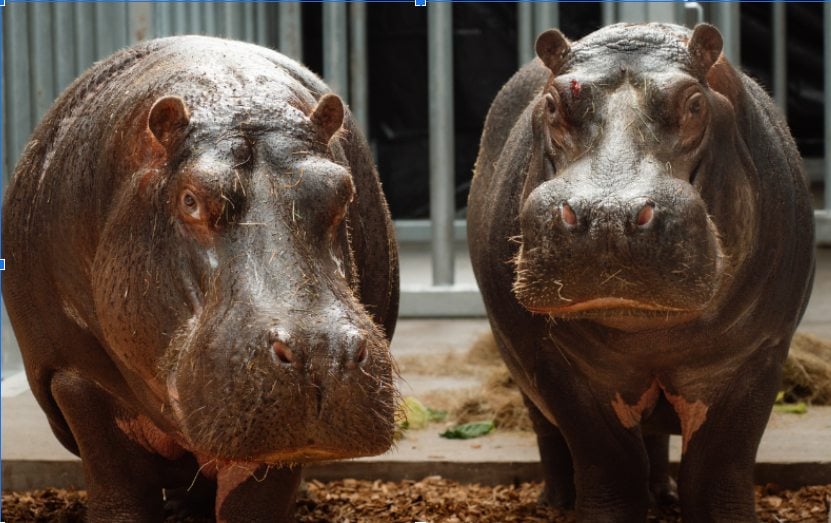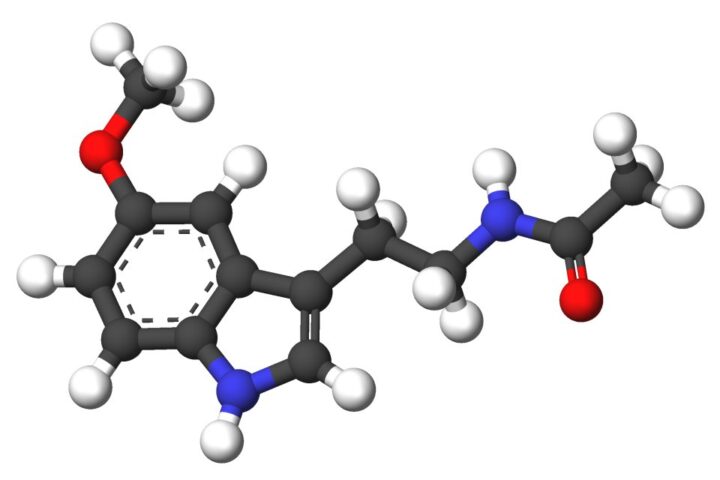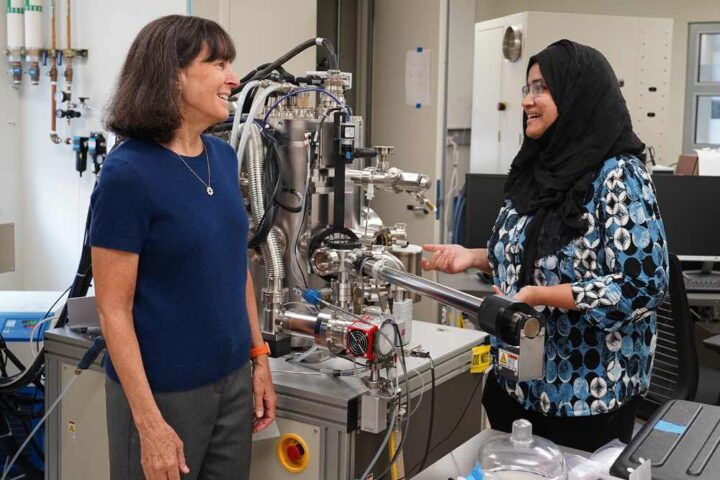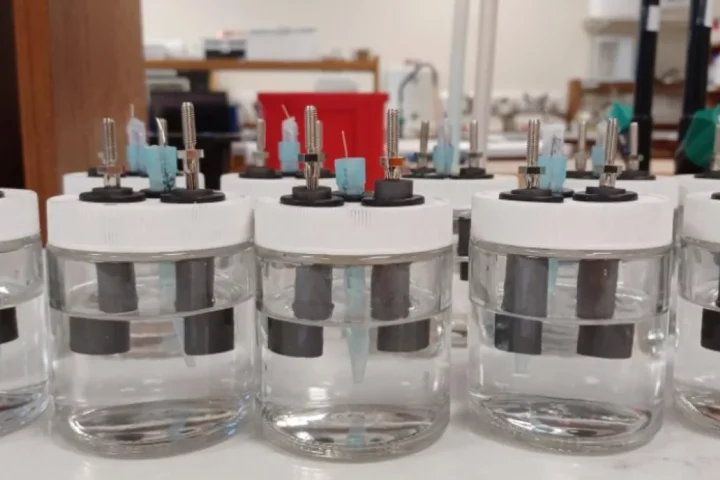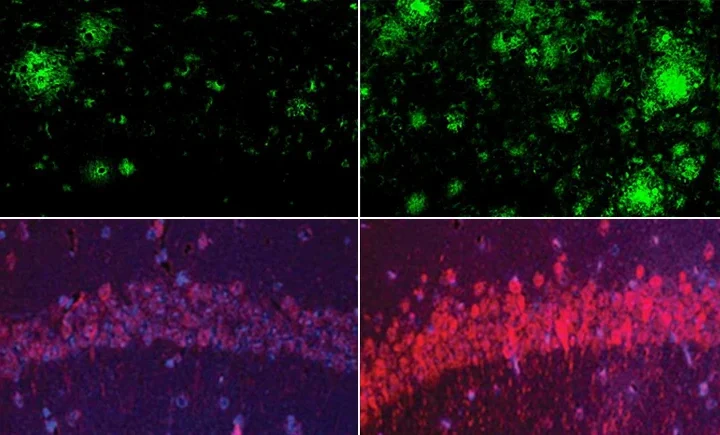Scientists have discovered a way to make liquid droplets spin like tiny tornadoes using ultrasound waves, forcing particles inside to gather at the center. This breakthrough could transform how doctors test for diseases and how pharmaceutical companies develop new medications.
Researchers from Binghamton University, North Carolina State University, Harvard Medical School, and Duke University collaborated on this discovery, which they describe as “new physics” never seen before.
“It’s a new physics we found. No one has ever found it,” said Assistant Professor Yuyang Gu from Binghamton’s Thomas J. Watson College of Engineering and Applied Science, who joined the Department of Mechanical Engineering in fall 2024.
The research was co-led by Gu and NCSU Assistant Professor Chuyi Chen, continuing work they began while earning their PhDs at Duke University. Other contributors included Duke University Professor Tony Jun Huang; Duke PhD students Joseph Rufo, Jinxin Zhang, Kaichun Yang and Ying Chen; and Harvard Medical School Professor Luke P. Lee.
The method operates by generating ultrasound waves on a piezoelectric substrate. When liquid is placed on this vibrating surface, the acoustic energy causes the fluid within the droplet to rotate in a circular motion. The droplet doesn’t spread out because of its surface tension – the same property that gives water drops their rounded shape.
What makes this discovery special is what happens to tiny particles floating in the liquid. As the droplet spins, these particles follow a spiral path toward the center, eventually gathering at one point – even at the bottom of the droplet.
This 3D control over particles represents a major advance over previous methods that could only manipulate particles in two dimensions. The technique works for both microparticles (tiny but visible under a microscope) and nanoparticles (so small that hundreds would fit across a human hair).
The research team can fine-tune how particles move by adjusting three factors: the liquid’s surface tension, the size of the droplet, and the properties of the ultrasound waves. This precise control allows them to separate particles of different sizes.
Similar Posts
“We found that particles of different sizes can be concentrated in different timescales,” explained Gu. “If the particle is 100 nanometers, it will concentrate first through the middle, while the smaller nanoparticles will still be randomly distributed in the droplet. Then, if we increase the speed of the rotation, we can further concentrate the smaller nanoparticles.”
This ability to sort and concentrate biological materials like cells or vesicles could revolutionize medical testing. Currently, many diagnostic tests struggle with samples that contain very low concentrations of disease markers. This new technique could gather those scattered markers into a concentrated area, making them easier to detect.
For drug development, the technology could help researchers test how cells respond to potential new medications more efficiently, potentially speeding up the discovery process.
The team first wrote about this phenomenon in 2021 but needed to understand exactly how it worked before they could develop practical applications.
“After we published the first paper, we realized that even though it’s useful, we didn’t fully understand the mechanism of how it works,” said Gu. “If someone asked us: ‘So in your system, why do particles move like this? Or what are the separation thresholds?’ — we didn’t understand that. We needed further analysis to understand the mechanism of this droplet-spinning and the particle trajectory.”
Beyond medical applications, the spinning droplets also provide a way to study physics questions. The micro-vortices created in the droplets resemble natural phenomena like tornadoes or even quantum physics behaviors.
Looking ahead, the researchers want to expand their system to work with droplets of different sizes. They’re also working on creating arrays of 100 spinning droplets working simultaneously, which would dramatically increase the technique’s usefulness for real-world applications by processing many samples at once.The research was recently published in the journal Science Advances.



